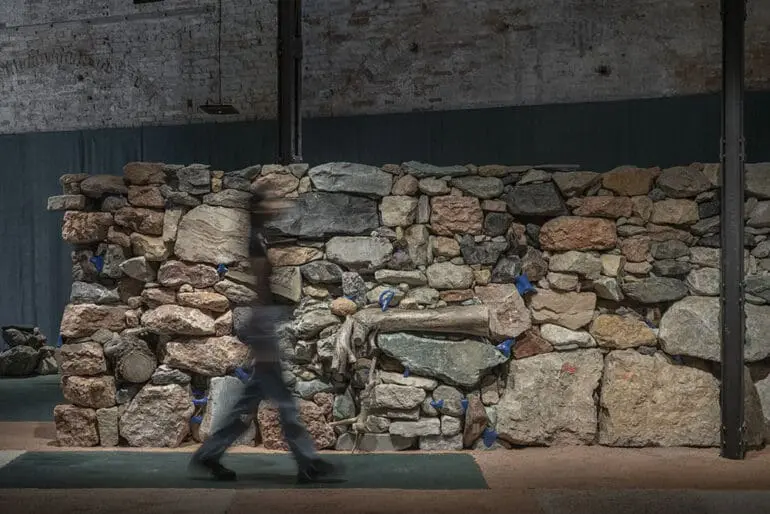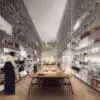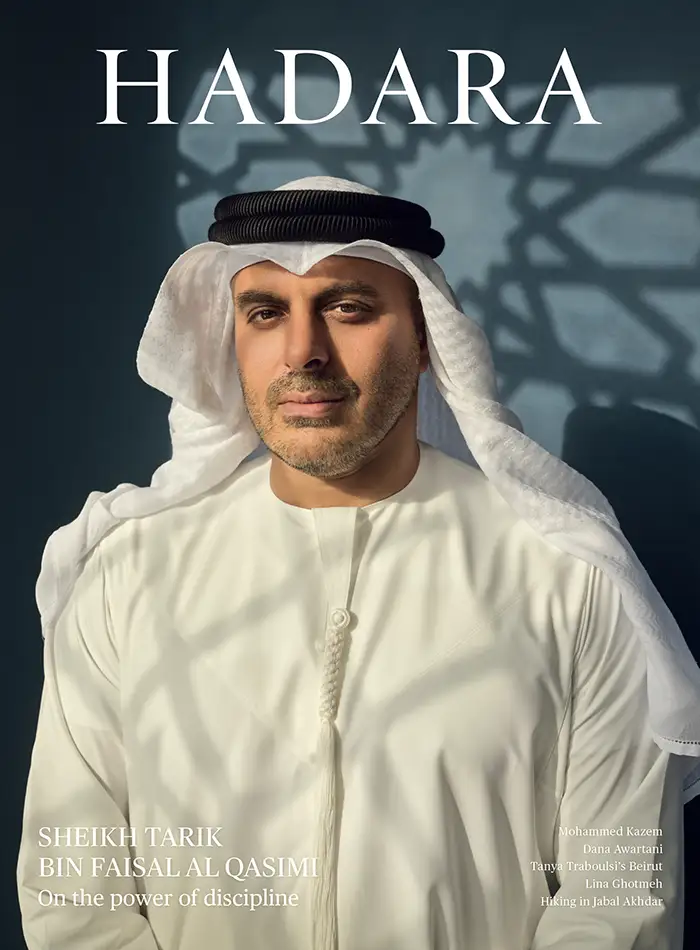The Laboratory of the Future
Arab nations at the International Architecture Exhibition in Venice.
By Rebecca Anne Proctor
The 18th International Architecture Exhibition at La Biennale di Venezia, which runs until November 26, is perhaps the most political yet. Curator Lesley Lokko, a Ghanaian-Scottish architect and novelist, uses the theme The Laboratory of the Future to tackle issues like race, climate change, and economic inequality. Half of the participants are from Africa or its diaspora and their presentations explore the desire to shake off the legacy of colonialism and slavery.
Arab participants focus largely on how to adapt traditional buildings and practices to the challenge of climate change. Faysal Tabbarah, curator of the UAE pavilion, seeks to upend perceptions of scarcity, challenging visitors to view arid desert landscapes as places of abundance and investigating an alternative building system rooted in the UAE’s cultural and material environment. In the Saudi pavilion nearby, co-curators Albara Saimaldahar and sisters Basma and Noura Bouzo examine the symbiotic relationship between material and immaterial in the exhibition Irth (“legacy” in Arabic). The materials used to create built environments tell us much about their inhabitants and offer a bridge between traditional building practices and new ones. Irth explores this by celebrating the kingdom’s most characteristic building material: earth.
In the Palazzo Franchetti on the Grand Canal, Qatar showcases plans for five new cultural venues being developed by Qatar Museums and designed by renowned architects Elemental, Herzog & de Meuron, OMA, Philippe Starck, and UNStudio. The Palestinian exhibition—From Palestine: Our Past, Our Future—marks the 75th anniversary of the Nakba and presents the work of 19 mostly Palestinian architects and artists. Artworks, installations, and maquettes showcase plans for the reconstruction of destroyed villages.
In the Giardini, NiLab in the Egyptian pavilion was conceived as a laboratory for developing projects and ideas along the Nile. It offers an opportunity for reflection on the theme of water and rivers in an era of climate change. Kuwait’s pavilion, in the Magazzino del Sale, looks at the consequences of modern urban planning, which erased much of Kuwait’s historic built environment. Rethinking Rethinking Kuwait also examines how traditional building practices might be modernised.
ARIDLY ABUNDANT, curated by Faysal Tabbarah, transforms the UAE pavilion into an environment that explores the spatial, material, and tactile qualities of arid landscapes. Photo: Ismail Noor/Seeing Things/National Pavilion UAE–La Biennale di Venezia.




